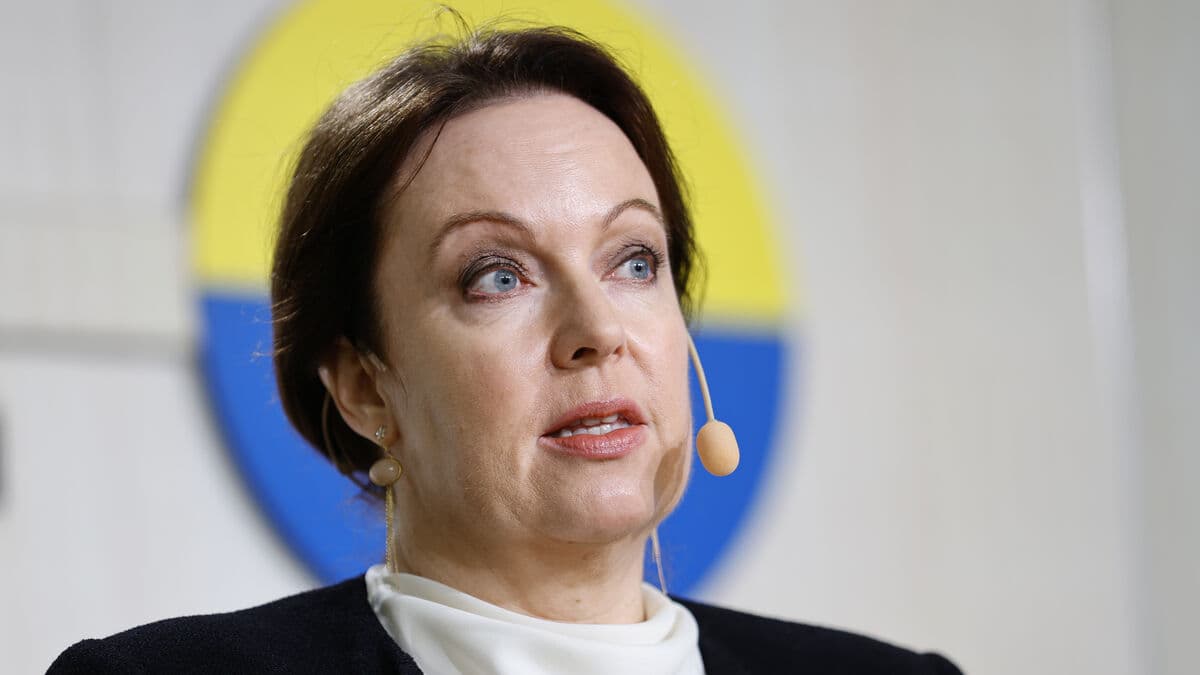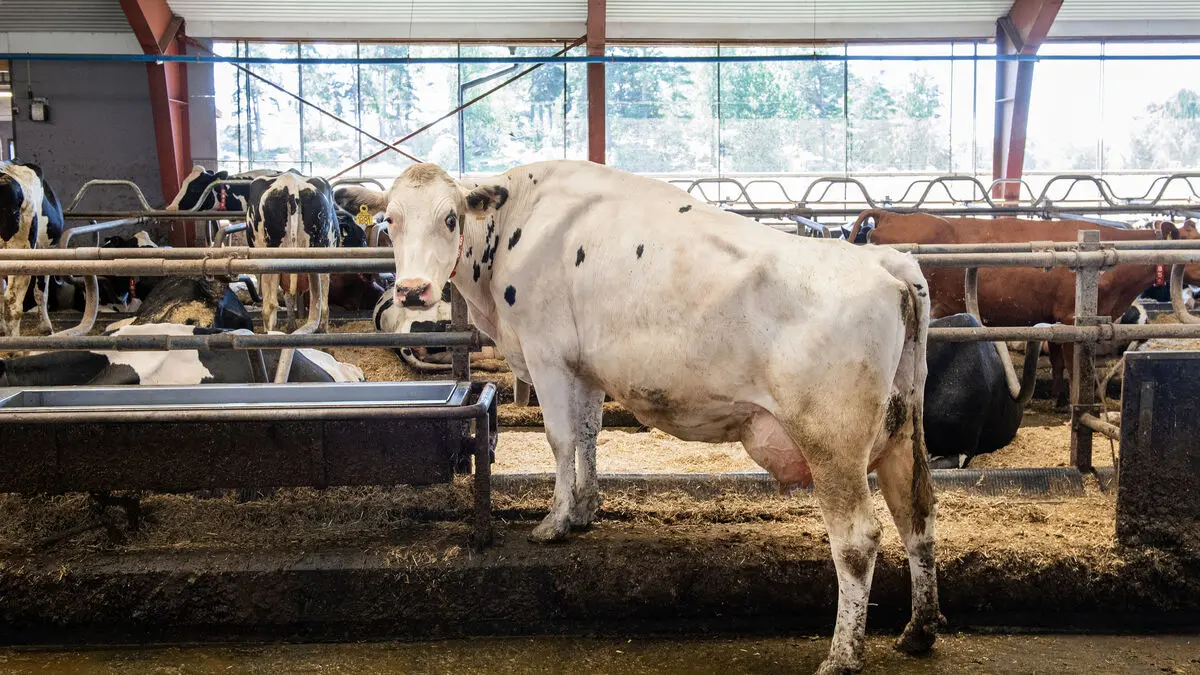We will do that when we still have two suppliers left in the selection process, says Anna Borg about when Vattenfall applies for state risk sharing.
The statement is made in connection with a Nordic-Baltic nuclear power conference in Stockholm.
Hundreds of billions
The two who are fighting for the contract – which can be worth hundreds of billions – are British Rolls Royce SMR and American GE Vernova Hitachi. The suppliers have different setups when it comes to the number of reactors, subcontractors and technical solutions. But the goal is that after an in-depth analysis of the bids, there will be enough information to apply for state risk sharing and negotiate how loans and guarantees will be designed.
Exactly how state financing and risk sharing are finally designed is ultimately decided in a negotiation with the government and will also be subject to EU scrutiny when it comes to state aid.
The fact that there is a parliamentary election in the autumn of 2026, where nuclear power can become a electoral issue, is not something that slows down the process, according to the Vattenfall CEO.
Nuclear power is long-term projects, she says.
This applies to both construction and lifespan.
With great statistical probability, we will have many governments during the lifespan of these nuclear power plants. We must be able to handle that.
"It would be very stupid"
Anna Borg does not want to speculate about what the final price tag will be.
But it is clear that these are very large investments. We are talking about hundreds of billions when it comes to nuclear power. But we are going to negotiate with the suppliers now, so it would be very stupid of me to say where this price tag will end up.
Once the choice of nuclear power builder has been made, Vattenfall must also apply for environmental permits and permits under the Nuclear Technology Act. There will also be negotiations about industrial and state ownership in Vattenfall's project company for nuclear power construction: Videberg Kraft AB.





